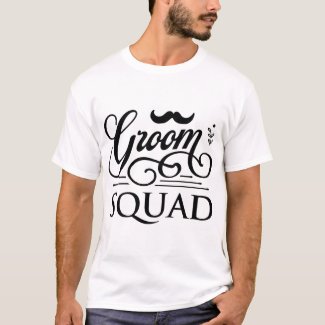We're living a Golden Era for food. It all started
with the Craft Revolution ignited with the birth of the new century. Craft
beer, artisan bakeries, craft butchers, homemade soap, and whatnot.
The
idea of well-made, artisan foods and products that contrasted greatly with the
industrial production and mass marketing that infused the 20th century really
took off.
At
the heart of this socially responsible and environmental-friendly movement,
there's butcher paper. A humble and subtle alternative for one-use plastics,
toxic foil, and disposable dishware. Here are five things you didn't know about
butcher paper.
1.
Butcher paper and Kraft paper are not entirely the same
Butcher
paper and Kraft paper share many similarities, they're both made with similar
wood fiber, and more often than not, people differentiate them for their color.
Kraft
paper is often brown, and butcher paper whitish. Well, that's not always the
case. Actually, you can find both types of papers in a wide range of colors.
It's not the color that differentiates the two friendly papers, but they're
use. Pink Butcher paper is common as well, and is highly recognized for
wrapping meat and barbecue process.
Butcher
paper
has a food-grade use, and it’s often certified by the FDA. The paper not only
withstands moisture but protects food from any harmful chemicals or additives
found in other papers and containers.
2.
Butcher paper is more than meat
There's
nothing like buying freshly trimmed meat from a local butcher; your meat
tightly packed in butcher paper like an authentic bundle of goodness. There's
no doubt the best butchers in the world prefer butcher paper for delivering
their goods, but there are plenty of other uses for the charming paper.
Fast
food vendors are switching to butcher paper and getting rid of disposable foam
plates and plastic bags. From sandwiches and burgers to hot dogs and pizza
slices, butcher paper is friendlier with the environment and keeps the food
safe.
Barbecued
and smoked meat is also undeniably better when served in butcher paper.
3.
Butcher paper has many uses
We're
also living an ‘arts and crafts’ revival. Homemade products, from candles and
soaps to finger painting to gift wraps, are enhanced with butcher paper. It's
not only rustic and pretty, but it also inspires an eco-friendly feel and an
artisan spirit.
As
consumers, we are getting used to differentiating between industrialized,
mass-produced stuff, with their shiny plastic wrappers and artisan products
made with love, often wrapped in butcher paper.
Butcher
paper has transcended the realm of food and is now a synonym for creativity,
craftsmanship, and high-value products.
4.
Butcher paper is eco-friendly
Butcher
paper is recyclable and 100% compostable. Its production doesn't rely on
chemicals like bleach (that's why it's not pearly white.) It has a much lower
carbon footprint than plastic wraps, styrofoam trays, plastic bags, foil and
even other papers like waxed paper.
Strict
controls over wood sourcing for making paper are changing a once worrying
industry, aiming towards sustainability. Despite the downsides, butcher paper
is a thousand times friendlier for the environment than any other
alternative.
5.
Butcher paper can make a brand
We
all love butcher paper; it's heartwarming, rustic, and friendly. We tend to
like anything served or wrapped in butcher paper too. Not only is the paper an
eco-friendly and safe way of serving and delivering food, but it now also
brings to the table added value.
Marketing-wise,
butcher paper adds value to your brand. It's not just mirrors and smoke; using
the paper to package, serve and deliver your goods shows you care for your
customers' health and the environment — both fundamental values to thrive in
the 21st century.
Join
the revolution!
Butcher
paper is just fun to handle; it represents everything good in the world.
Whether you serve pita wraps or burritos, prime baby back ribs, or handmade
wallets, butcher paper adds value, and for its low price, you can't deny it's a
great value.













No comments:
Post a Comment